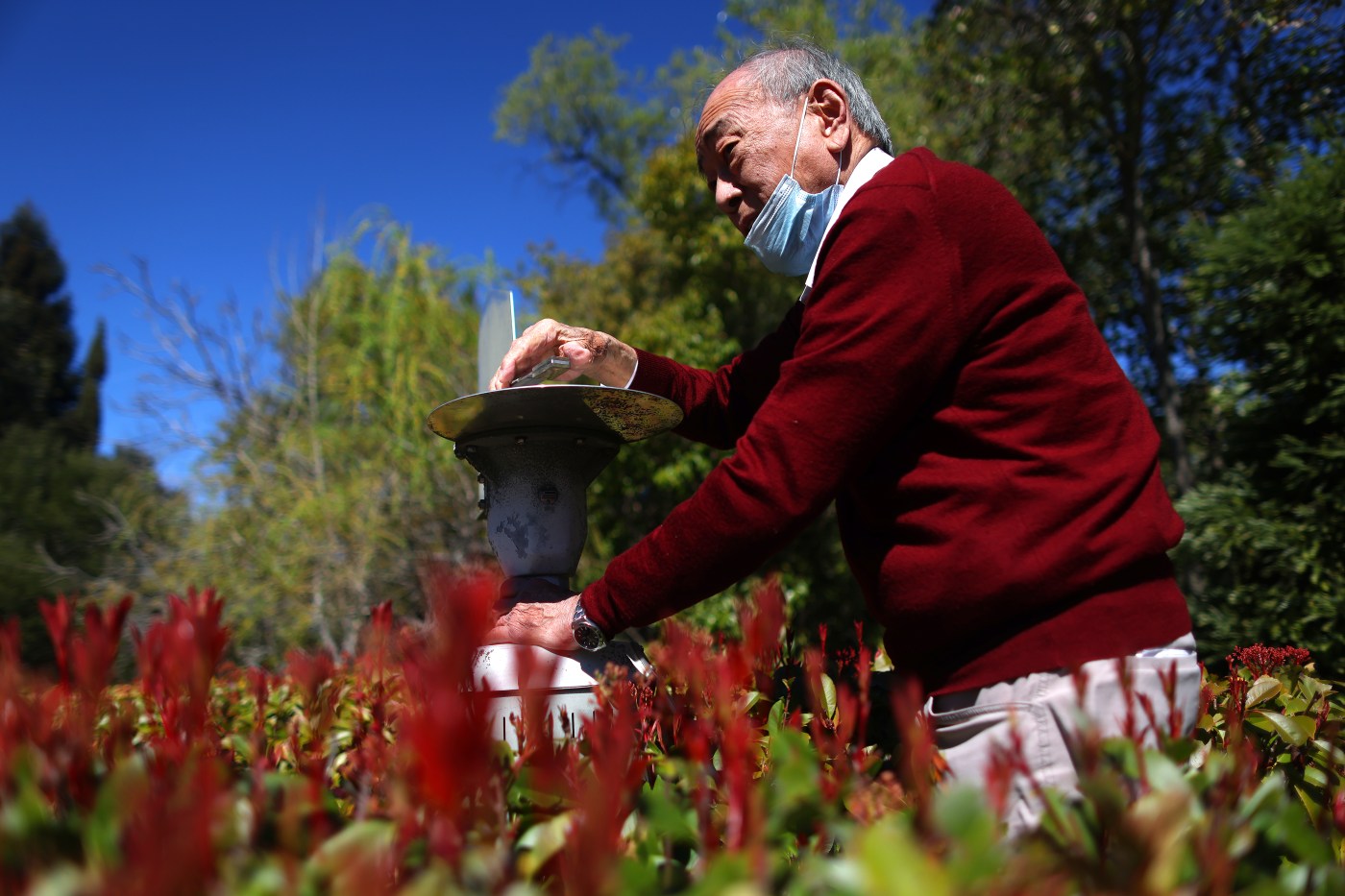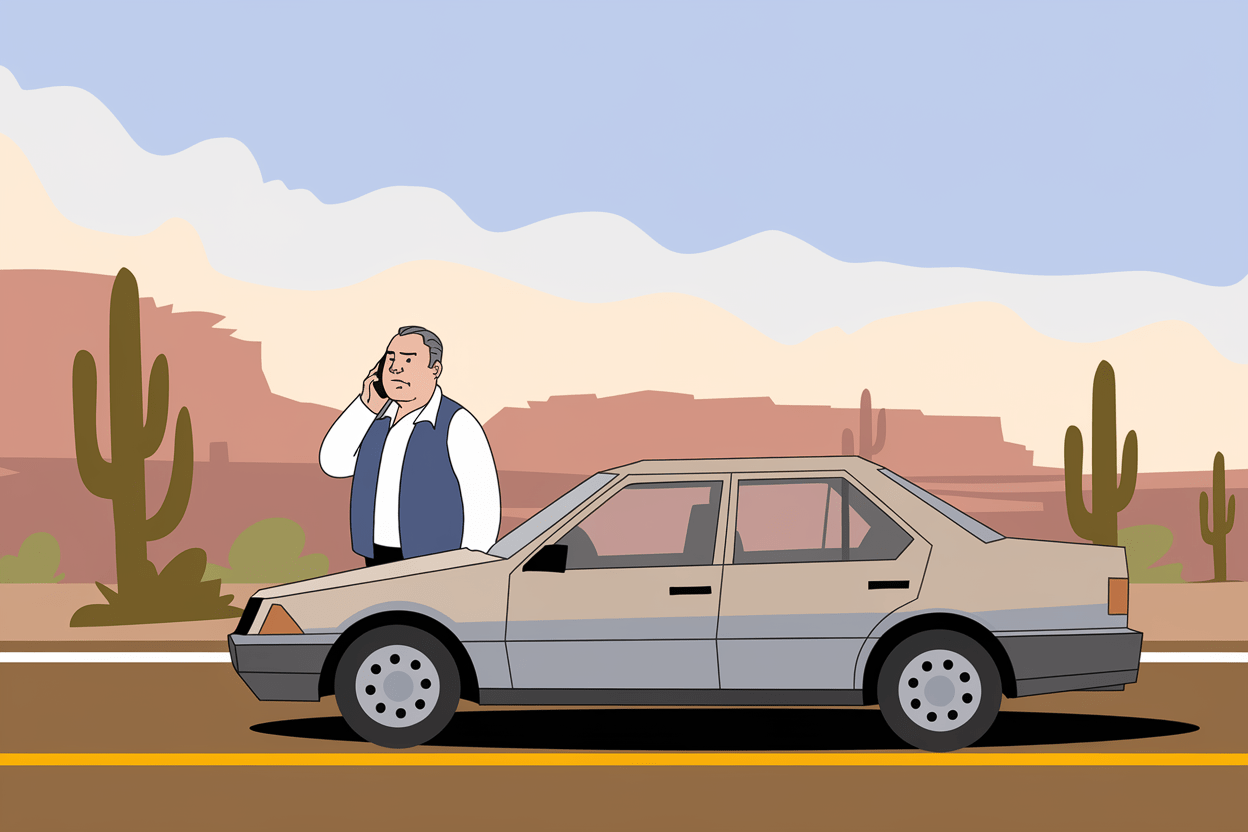Spring has sprung after extended rains in the Bay Area. If you’re sneezing and wheezing, you’re in the company of a quarter of all adults and 20% of children in the U.S. who suffer from seasonal allergies, according to estimates from the Centers for Disease Control and Prevention.
Hay fever, or allergic rhinitis, brings itchy eyes, runny noses, sneezing, smelling difficulties, sore throats and skin irritation. The more severe allergic asthma can bring chest tightness, wheezing, shortness of breath, coughing and anaphylaxis from airway constriction, and even death. Asthma affects 2.6 million people in California, more than in any other state.
For such a common affliction, doctors have little reliable data about what to expect in any given allergy season, which typically occurs when pollen levels peak in the spring. Some experts are trying to change that.
Q: Who’s counting pollen? And how?
A: The short answer is that there’s no one authoritative source. Popular allergy forecasts on Pollen.com, Accuweather and drug corporation apps derive from data that’s undisclosed. The National Oceanic and Atmospheric Administration started an experimental allergen tracker, but the National Weather Service, run by the agency, is not involved.
“It’s outside their main purview of saving lives and property,” said meteorologist Jan Null, a weather service alum.
The National Allergy Bureau is the only entity in the U.S. that certifies and standardizes pollen counting, done on a volunteer basis by allergists and aerobiologists.
Dr. Theodore Chu, based in San Jose, is one of 70 or so allergy bureau-certified pollen counters in the country and three in the Bay Area.
He hand-winds the Swiss clock machinery of a spore trap called the Burkard in his backyard each week. The device pulls air from a 500-foot radius into its “intake orifice” and deposits its contents onto a slide, which Chu examines under a microscope.
He scans for any of 35,000 types of mold spores and 10 to 20 pollens, referencing line drawings from his collections. Pine pollen still looks like Mickey Mouse; acacia grains still appear as volleyballs.
Automated pollen-collectors presume to minimize human error and offer real-time statistics. But Dr. Jennifer Camacho, a clinician and assistant professor leading the allergen immunotherapy program at Stanford and learning Chu’s ways, said humans remain more accurate.
Working toward certification and a counting center at her institution, Camacho wants to study the impact of high temperatures and heightened carbon dioxide levels on allergens, and whether pollens themselves are becoming more allergenic.
Dr. Theodore Chu uses a microscope to identify pollen spores on Monday, March 24, 2025, in Los Altos Hills, Calif. Chu has spent decades collecting data with his home based equipment to contribute to pollen counts. (Aric Crabb/Bay Area News Group)
Q: Is there any indication this is going to be the worst allergy season ever in the Bay Area?
A: Nope, says Alan Reppert, senior meteorologist and pollen forecaster at Accuweather. Perceptions of astronomically worsening allergy seasons lately may owe to the rebound from below-average pollen levels after the last prolonged drought in California.
Q: How do allergy conditions in the Bay Area stack up against other spots around the country?
A: The Allergy and Asthma Foundation of America issued its 2025 Allergy Capitals report ranking the worst “allergy cities” and said San Jose and San Francisco worsened dramatically from 2023 to 2024. But the allergy bureau is challenging the basis of the report.
These discussions, which inform the decisions of some of the 80 million U.S. allergy sufferers and a multibillion-dollar global therapeutics market, reinforce the question of who’s counting.
Q: Allergies didn’t seem this widespread decades ago. What else could be going on?
A: One possibility, Chu said, is the hygiene hypothesis: the cleaner humans get, the more allergic they become, since their immune systems aren’t preoccupied fighting other germs. “It’s a case of mistaken identity — your body is looking around for something to attack,” he said.
Q: Then should I roll around in some pollen, dust and animal dander?
A: That’s not how it works, Chu said, laughing. You need to have gradually acclimated to pollens during infancy and early childhood.
Q: If there’s no going back, what can I do about the allergies I’m stuck with now?
A: The first tier of defense is avoidance — keeping a clean house, showering and washing clothes after being outside, setting up air purifiers and humidifiers and maybe even staying indoors. “But we can’t live in a bubble,” Camacho said.
Q: Next in line is the plethora of available allergy medications. Which work best?
A: Chu, whose work helped develop household brand Allegra, said antihistamines, with a global market value of $280 million that’s projected to rise to $381 million by 2030, all block receptors for histamine, the cell-signaling chemical released by the immune system and associated with allergic symptoms.
Dr. Theodore Chu places a tray of allergy serums into a refrigerator at his medical office on Thursday, March 27, 2025, in San Jose, Calif. (Aric Crabb/Bay Area News Group)
Which one to choose depends on what active ingredient works best for an individual, and with the fewest side effects. Taking pills before symptoms start and switching brands can also help.
Nasal sprays contain antihistamines or steroids to reduce inflammation.
A limited selection of over-the-counter inhalers relax muscles to address mild asthmatic symptoms.
Q: Is there a treatment tackling the root cause of allergies?
A: Allergy shots containing solutions made of raw pollen grains, house dust and animal dander tackle the root cause by prompting people’s immune systems to create antibodies that neutralize common allergens as they enter the body.
Q: Are there any downsides to the shots?
A: Shots require a time commitment without guaranteed results — six months of frequent dosage-determination visits, followed by monthly doctor-administered injections for three to five years.
Related Articles
Shingles is awful, but here’s another reason to get vaccinated: It may fight dementia
DOGE cuts shut down San Diego County’s wastewater testing system
HHS, EPA to study fluoride in drinking water as RFK Jr. says he’ll tell CDC to stop recommending it
Less heart disease, more breast cancer: 5 takeaways from a new report on moderate drinking
As temperature records shattered, one Bay Area county saw huge increase in heat deaths last year
Camacho recommends a full test for allergens by blood or skin pricks for severe allergy sufferers to start the conversation with a doctor about more proactive treatment.
Some patients don’t respond to shots, so the quest for the data and information required to develop better treatments continues.
The need for research is growing as more scientists connect climate change to the increasing likelihood of experiencing more intense, protracted allergy symptoms.
“There are just a lot more questions than answers,” Camacho said. “One way to understand our environment is to actually understand what’s in the air.”
Dr. Theodore Chu at his medical office on Thursday, March 27, 2025, in San Jose, Calif. (Aric Crabb/Bay Area News Group)





